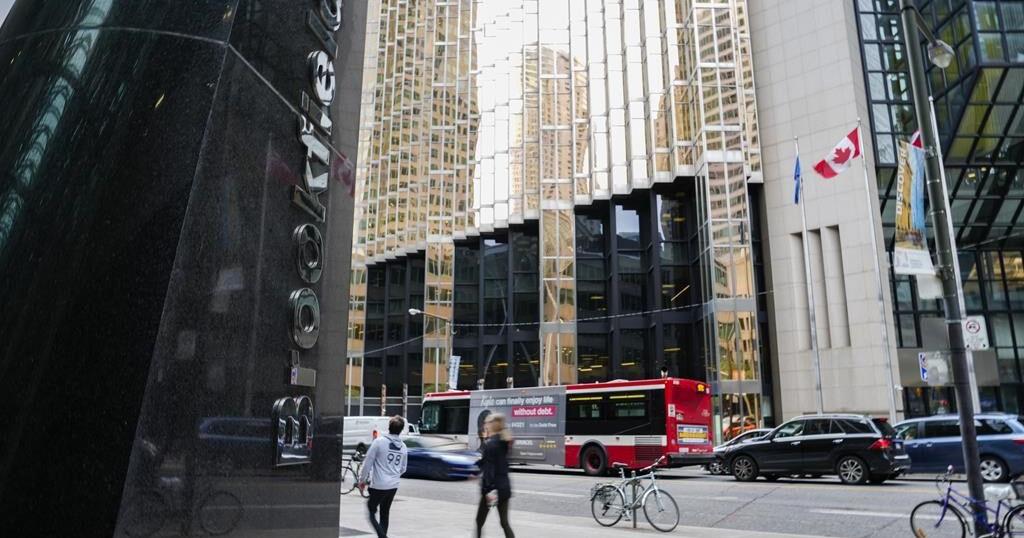Want a post-pandemic recovery trade that stands a much better chance of success than theme parks, restaurants and air travel? Try clothing.
The apparel stocks, both on the retail and production side, are on a bona fide uptrend, and for good reason. We can debate the extent to which we all go back to work at the office full-time. We can debate whether we will travel by air or eat out as much as we did before. We can decide whether we will go the movies or stay home and watch Netflix on the fancy video systems we bought this past year. We can ponder whether we need to renew our gym memberships now that we have Peloton bikes in the basement.
But there is no doubt that once we’re all vaccinated, we will be heading out and about. The era of only doing video calls while wearing sweatpants may not end totally, but will surely subside.
And here is the issue: As we go back out and engage socially or professionally, we are going to need new clothes. While we cut back dramatically on services (mostly because they weren’t available to us), in the past year we did buy more cars (up 10 per cent), sporting goods (up 15 per cent), pharma products (up 6 per cent), furniture (up 3 per cent), groceries (up 9 per cent) and building materials (up 17 per cent). The one merchandise item that declined was clothing – sales slumped 16 per cent over the past year to a level that is lower today than it was in June, 2011 (these are from U.S. retail sales numbers, but the trends in Canada are similar).
So we need new apparel for two reasons. The first is that this is an area of spending that has been totally neglected. The second is that we can’t fit into our existing wardrobes (see that 9 per cent growth in the grocery bill). We ate too much during lockdown and exercised a lot less. And so we have a situation where, according to a recent survey commissioned by Boston-based biotechnology company Gelesis, more than 70 million Americans gained weight during the pandemic. (And don’t think our lazy habits are going to change that quickly – in a year with limited entertainment or social options, only 17 per cent of respondents said they would be willing to give up their favourite TV or streaming service.) Rates of drinking have increased as well, and smoking has gone up for the first time in years. So many things have changed – and while we spent so much money sprucing up our homes, we gave short shrift to our own appearance.
Another survey from Weight Watchers, showing that 36 per cent of respondents said they had gained weight during this past year, means the number is likely actually closer to 100 million. So there is no way many of us are going to fit into our old clothes postpandemic. The shopping that will result isn’t just about replacing items owing to natural wear and tear or rushing to buy the latest fashions, as we normally might. It’s about replacing the whole darn wardrobe – and that means spending on clothing is going to be the one area of the reopening and recovery trade that we can rely on.
And this is also not a case of buying into a part of the retail sector that needs to find a bottom – rather, it is about buying into an existing tailwind that very likely has further to go. In fact, I can easily see a situation, once we attain the holy grail of herd immunity, where clothing sales soar between 20 per cent and 30 per cent.
David Rosenberg is founder of Rosenberg Research, and author of the daily economic report Breakfast with Dave.
Be smart with your money. Get the latest investing insights delivered right to your inbox three times a week, with the Globe Investor newsletter. Sign up today.
Source:- The Globe and Mail
Source link
Related

























